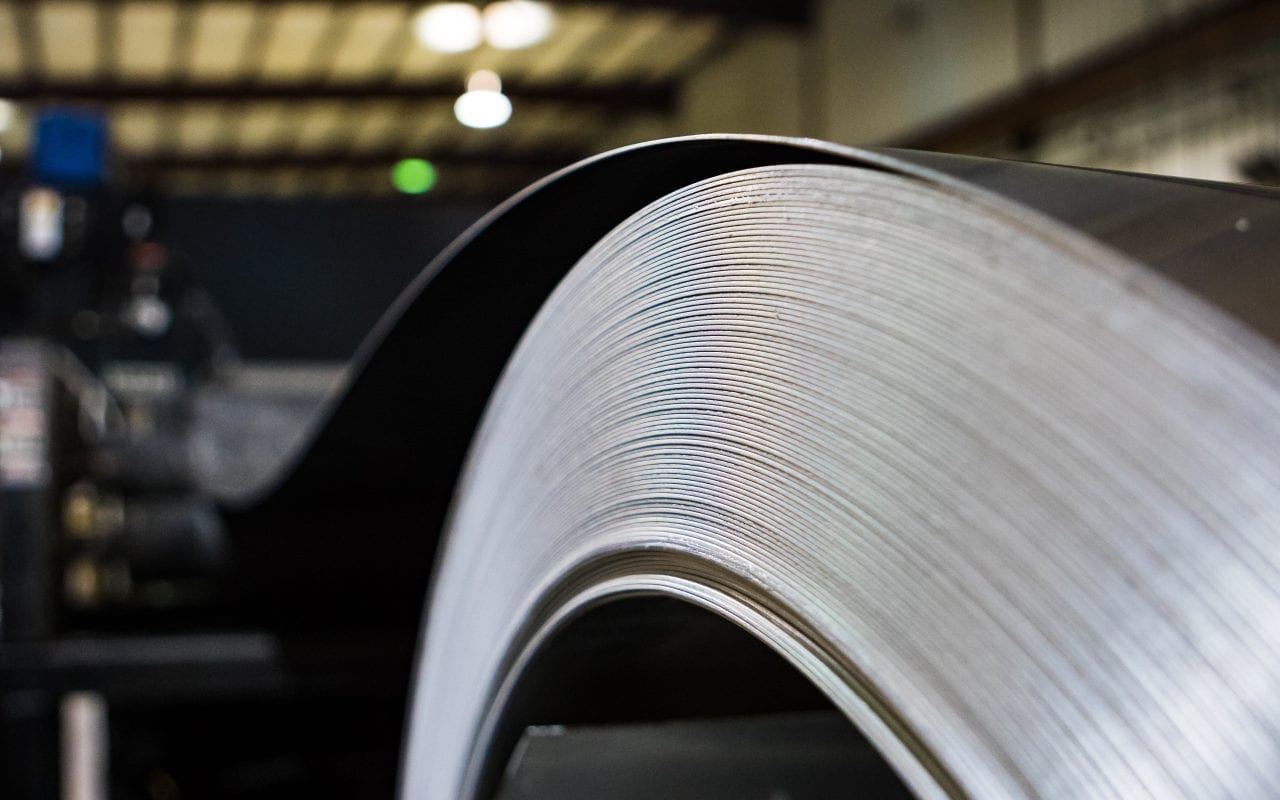In roll forming applications, servo feeders are typically used in pre-notching or pre-cutting operations. However, there are a few options for roll formers when it comes to feeding coil for these operations, so There are a few things to consider when you’re considering a servo feeder. In this post, we'll discuss the basics elements you need to know when deciding if adding a servo feeder is right for your operation and then selecting the one that’s right for you.
When to Use a Servo Feeder
Servo feeders are ultimately replacements for mechanical feeders, gripper feeders, and other machinery of that nature. The more manual and mechanical the feeding equipment, the more chance for marring the material during transfer by the operator or maintenance personnel, and precision in feed length is very difficult to dial in.
A gripper feed is not ideal for applications where you need to avoid scratching or marring on the material. A gripper pinches and drags the material, then lets go and rotates back to position. In contrast, a servo feeder is a simpler, more accurate way to convey material from point A to point B. Its feed length can be adjusted while the machine is running, which most feeding equipment can't do.
We often talk about roll repeatability as a measure of unit accuracy. The distinction is on the accuracy of the unit is plus or minus two thousands. If you were describe a line on your upper and bottom pin roll, you put in a specific feed length, those based on the circumference of the rolls, then you should have those two points meet back up after a full rotation. On a gripper style or cam style, there’s no way to achieve that level of accuracy.
Choosing the Right Servo Feeder for You
In short, the main elements you want to consider when choosing a servo feeder include the size of the unit, the material thickness, the line speed, feed progressions or feed lengths. These considerations will allow you and your supplier to size the motors and the roll diameters for your specific needs.
You could choose a two roll or a four roll servo feed depending on your application. A four roll feed has twice the amount of surface contact with half the amount of air pressure, thereby decreasing the chances of scratching or damaging the surface critical material you’re feeding into a roll former or a press. Meanwhile, a two roll machine will use more air pressure. A four roll servo feeder can also be more precise because it does decrease the chance for slippage by design. However, accuracy in terms of roll repeatability is the same for two and four roll models.
You will also want to consider if your servo feeder is a standalone cabinet or mounted to the press. While some presses may not have the ability to have the servo mounted, this may be up to your preference in many cases. The biggest advantage of having a standalone unit is you’re not subject to any vibration from the press itself, which could lead to miss feeds or inconsistent feed lengths. Mounted units may also present issues with accessibility to the press window. Most customers nowadays opt for a cabinet mounted unit that is not subject to those vibrations. In both cases, you may consider allowing for adjustability of those units, so you could adjust your pass line height.



